Transported eDNA Alumni

Cátia Pereira
Biodiversity and the relationships among living organisms and their environment have always fascinated me. Using eDNA, which has revolutionised our ability to survey biodiversity, my research aims at understanding the ecological drivers that underly the spatial and temporal variation of biodiversity. I am particularly interested in aquatic environments and have used approaches ranging from experimental set ups of aquatic micro- and mesocosms to biodiversity monitoring, to explored how multi-trophic aquatic communities assemble, and how biodiversity, food webs and their associated ecosystem services are affected by the current global climate crisis, along environmental gradients and across scales.
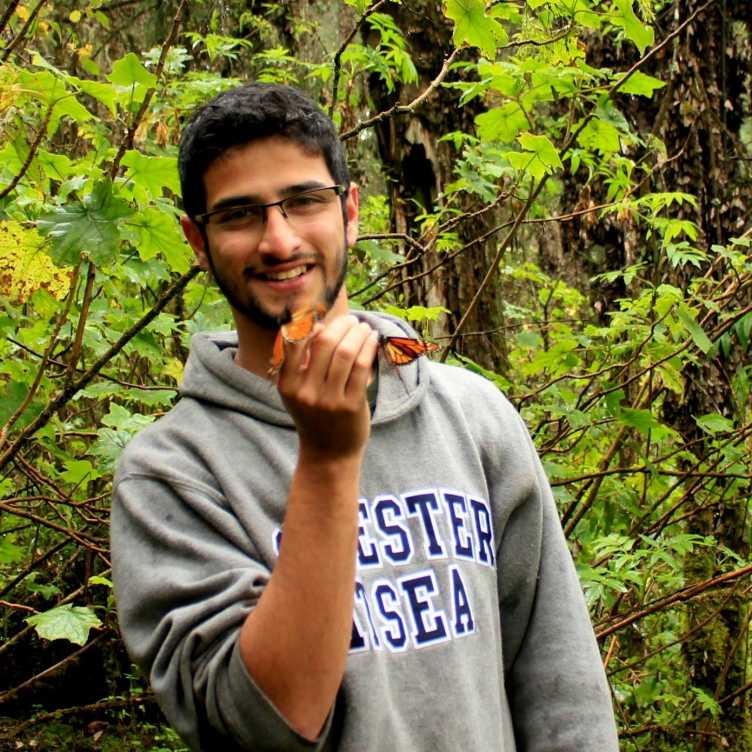
Anish Kirtane
Since early childhood, I have had a deep connection with nature and the wilderness. I am driven by the urgency to act to conserve the natural world through innovations in science and technology. eDNA research fits perfectly to meet these goals. I enjoy the process of overcoming technical challenges with creative solutions. I have worked on eDNA projects focused on a diversity of organisms including: endangered bog turtles, freshwater mussels, commercially harvested fish species, invasive forest pests, and their biocontrol predators. My hobbies range from cooking and watercolor painting to distance running and bouldering.

Meret Jucker
I am interested in the potential of environmental DNA (eDNA) as a powerful and rapidly evolving method for monitoring biodiversity in a time of rapid ecosystem change. The possibility of taking small, cost-effective sequencing devices into the field to generate real-time data is an exciting prospect for me. It increases the ease of access to generating data and creating scientific insights without depending on large laboratories that are often far from sampling sites. My role is to help develop and test methods for the XPRIZE Rainforest competition to survey as much rainforest biodiversity as possible in a designated area of tropical rainforest within 24 hours. While the focus of my work is on the XPRIZE, I am excited developing these methods for future easy use in a broader context and further afield, say in the Arctic.

David Dao
Passionate about the intersection of technology and the natural world, I explore machine learning systems to decipher and tackle the climate and biodiversity crises. My doctoral journey was an adventure into crafting sustainable incentives for data collection and learning. I'm deeply committed to ethical AI practices and initiated GainForest, a Swiss non-profit that collaborates with global communities, co-designing technology for environmental preservation.

Taito Sakai
I am an exchange bachelor student from Hokkaido University, Japan. I am a member of the animal ecology laboratory (https://animalecologystaff.wixsite.com/hgs-lae/en) at Hokkaido University led by Prof. Hitoshi Araki. Our laboratory focuses on the ecology of fish, mammals, and other species with a perspective of evolution, genetics, and conservation. Of course, eDNA is one of the tools we take advantage of.
I am studying at ETH Zurich for the Autumn Semester 2023 and Prof. Kristy Deiner kindly allowed me to join this group. Although I am interested in how animals in cities interact with our society, I do not have any specific topic yet. I am excited to be part of this group to gain valuable experience here.
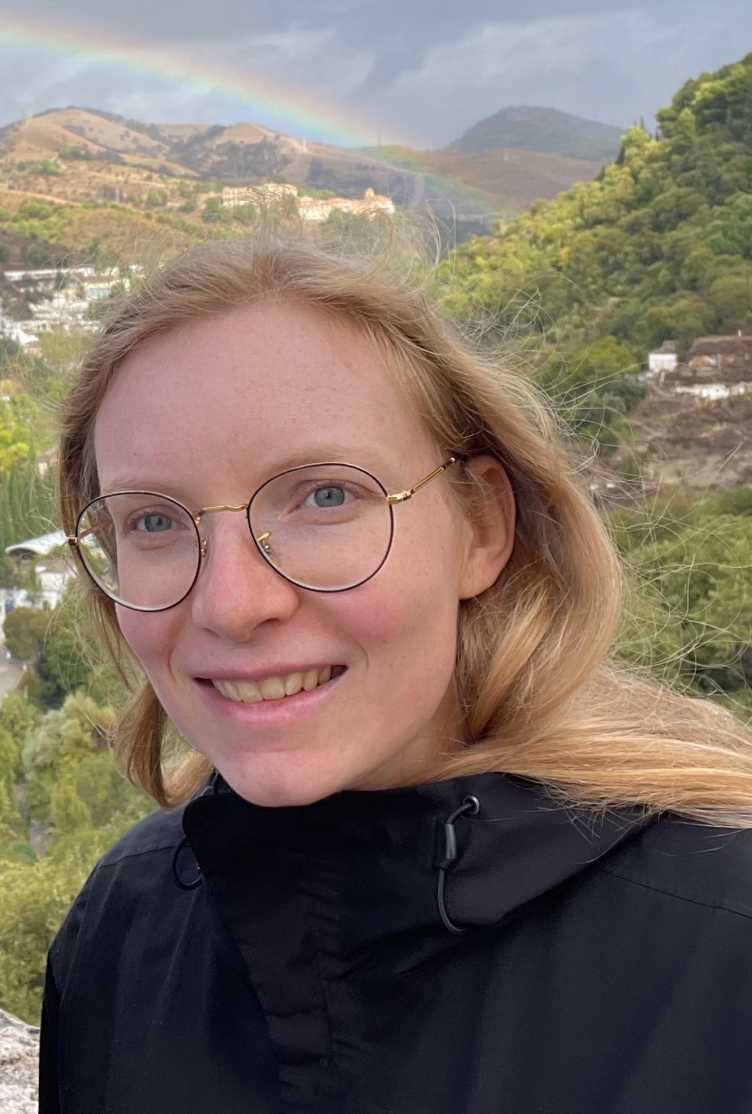
Zora Doppmann
Not just since studying environmental sciences, but even before that, I realized how important it is to preserve ecosystems and safeguard their functions in order to prevent the loss of biodiversity. I believe in environmental DNA (eDNA) being a crucial tool to achieve this goal. Its efficiency lies in the fact that it is a comparatively faster and more cost-effective measure to estimate biodiversity. eDNA can therefore help to get a broad picture of biodiversity in a given location. However, there is still a lot to be discovered regarding the transport of eDNA and my master's thesis aims to shed light on this small aspect - later coming together with others - to get a big picture.
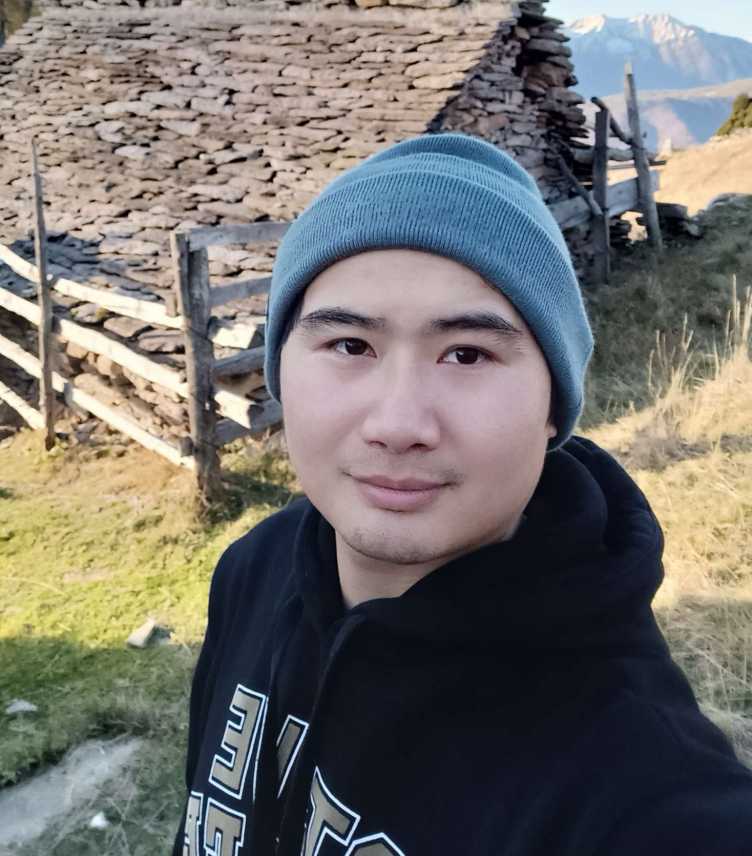
Wentao Gong
I have a good appetite for interdisciplinary problems. I always am devoted to finding better and more effective solutions for various challenges and understanding complex systems. Currently, biodiversity loss becomes an emergency on earth. eDNA has already proven to have enormous potential in biological monitoring for biodiversity conservation. However, many gaps exist in eDNA’s dynamics and biogeochemical cycling in aquatic environments. This knowledge is significant to provide novel insights into the ability to use lakes across most ecoregions of the world to monitor biodiversity on large geographic scales. With a background in fluid mechanics and particle transport, I will investigate the source, transport and mixing, and fate of eDNA. I would love to discuss with different background people and explore the potential hotspots of eDNA in lakes on a global scale.

Fabian Roger
I am fascinated by biodiversity and have devoted my career to studying its consequences and causes. With a background in marine and microbial ecology I have long believed that genetic methods are the key to truly reveal the biodiversity we study. For the last years I have been captivated by the idea that the solution for terrestrial biodiversity monitoring could be floating in the air and this idea – and initial promising results – brings me to this group. I love the challenge to walk on uncharted territories, creatively explore truly big ideas and, collaboratively, explore the full potential that airborne eDNA could harbour for biodiversity monitoring.

Killian Zurita de Higes
Ever since I could read, I’ve been fascinated by biology books displaying animals, their environment, and abilities to adapt to them. Besides biology, geology and mineralogy have always humbled me. During my studies, I had the chance to study environmental biogeochemistry for my masters in which the interaction of biology and mineralogy is under the scope. Among the many clever tools we have to study the environment, the genetic approach is the one I admire the most. The cutting-edge development happening in this field is promising for new scientific breakthroughs. My thesis work is at the intersection of robotics and nanomaterials to develop new ways to sample and harness information in eDNA for monitoring and measuring biodiversity in difficult to access places like the canopy of a rainforest.
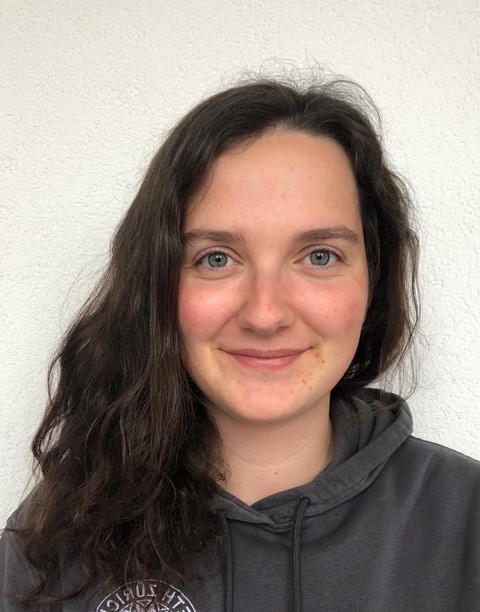
Sibylle Vautravers
I am a bachelor student in environmental science at ETHZ and I am currently writing my bachelor thesis about in Kristy’s group. I am interested in the complexity of nature ranging from how ecosystems work up to what enables organisms to live. To go on about these questions with the use of eDNA gets me very exited.
In my free time I like to learn new things, go for a swim in the lake (yes even in winter) and bake

Monika Baranowska
I am PhD student at the Department of Invertebrate Zoology and Hydrobiology, University of Lodz, Poland. I am interested in study of biodiversity and relationships between organisms in freshwater ecosystems. In my research, I try to figure out which of the molecular methods of studying biodiversity gives us the broadest picture. This knowledge can be than used to assess the impact of urbanization and human activity on biodiversity. I assess biodiversity through eDNA and eRNA analysis, which can give us more information about studied ecosystems. Apart from my “laboratory” life, I am a passionate swimming instructor.
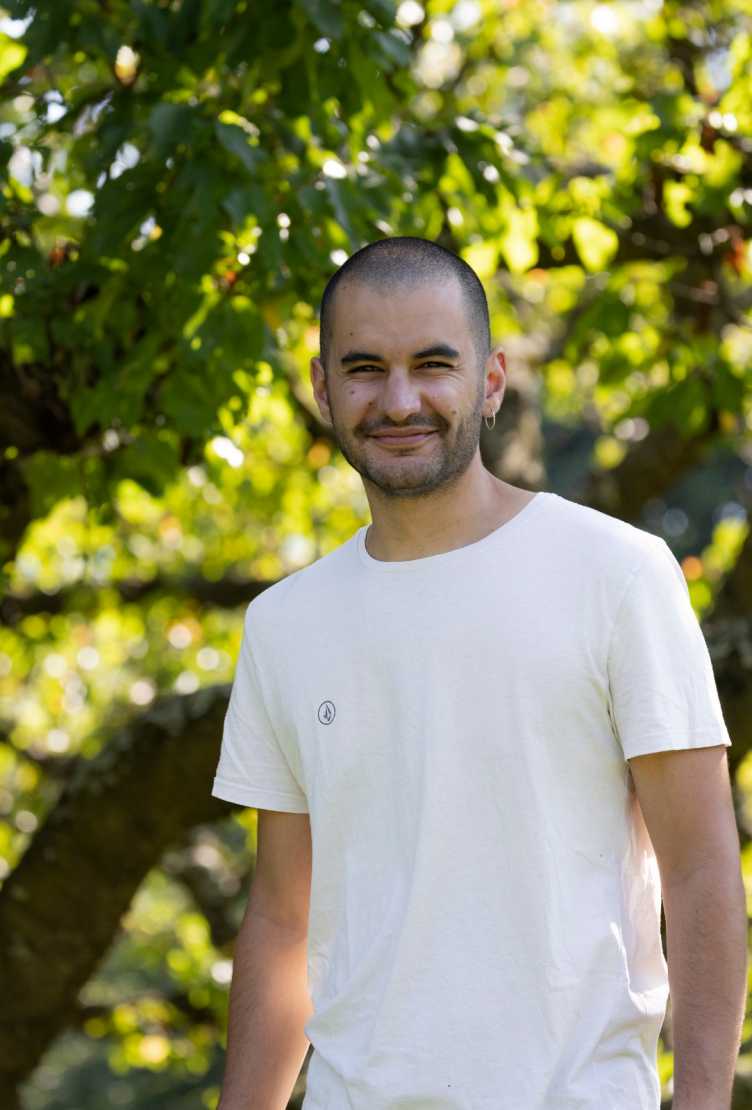
Ismael Invernizzi
I have always been fascinated by nature and especially wildlife. This passion led me to pursue a master's degree in Ecology and Evolution and to work in the field of bird conservation. Since then, the conservation of endangered species and the use of innovative techniques that promote their protection have always been my major focus. In my master's thesis, I study the ecology and diet of a nocturnal raptor. In this context, e-dna analysis represents a novel method that can provide complete and accurate data on the diet of this endangered bird.
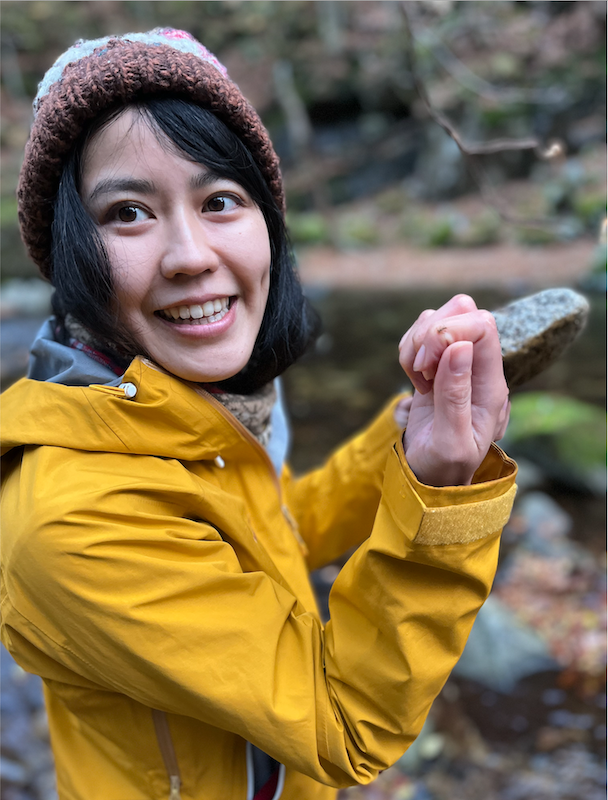
Noriko Uchida
I am motivated to explore how ecosystems and human societies can coexist in harmony. From my background in civil engineering, I seek to minimize as much as possible the impact of infrastructure development on ecosystems, in addition to its aspect of protecting human lives. During this journey eDNA came along to me, and I believe it is the most possible tool to obtain high-resolution biodiversity data. I have been conducting research on aquatic macroinvertebrate eDNA as source data for assessment of the impact caused by human activities.
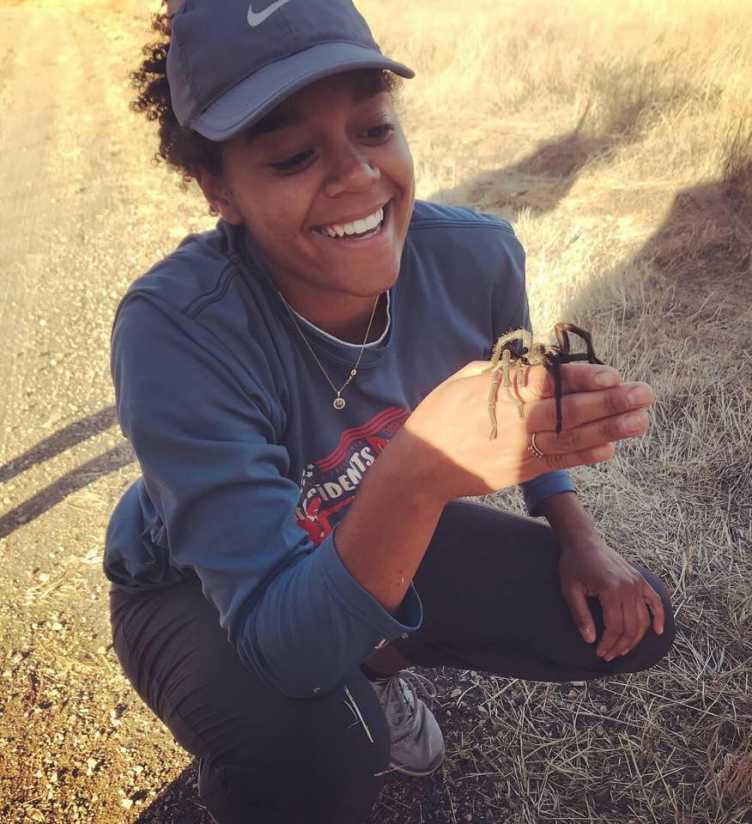
Jasmine Childress
I am broadly interested in ecological parasitology, exploring the distributions and interactions of hosts and their parasites as well as how these interactions propagate at the population, community, and ecosystem levels. I am a proponent of blending both field and laboratory methods to gain a wider understanding of the natural world around us. At present, I am driven by using eDNA metabarcoding methods as a non-invasive alternative to conserving the San Miguel Island fox population afflicted by a newly recovered acanthocephalan parasite.
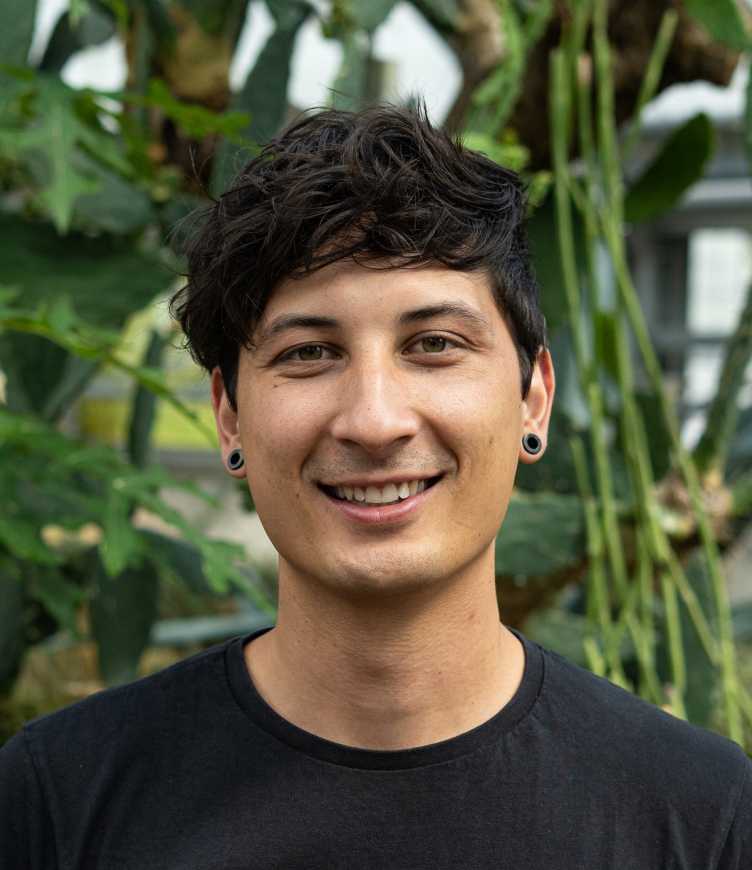
Pascal Opiasa
I am humbled by the complexity of nature and fascinated by the variety of methodological approaches we use to try to understand our environment. As a biogeochemist, I’ve gained insights into the vast and multi-scaled cycling of elements, where biological diversity is a key component to deduce ecosystem functioning. For my master’s I aim to advance a promising sampling approach to scale up investigations of biodiversity using eDNA to infer ecosystem functioning on a global scale.
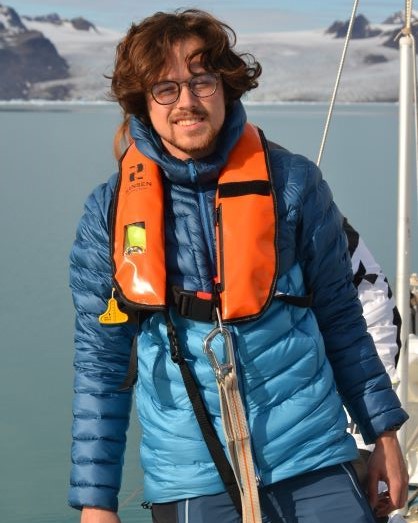
Elias Meier
Since I was a child, I was fascinated by nature and its processes. Now as a forest ecologist I often work with processes and observations of species which are directly visible. Nonetheless many processes are driven by biodiversity that consists of the tiniest lifeforms which we can observe by detecting and analysing their eDNA. In my bachelor thesis, I compare eDNA extracted from soil, water and air samples and I am testing for biodiversity gradients among forests and grasslands and from low to high elevations across Switzerland. This work is embedded in a larger project which aims to determine the axes of biodiversity that are correlated with ecosystem function on the landscape.
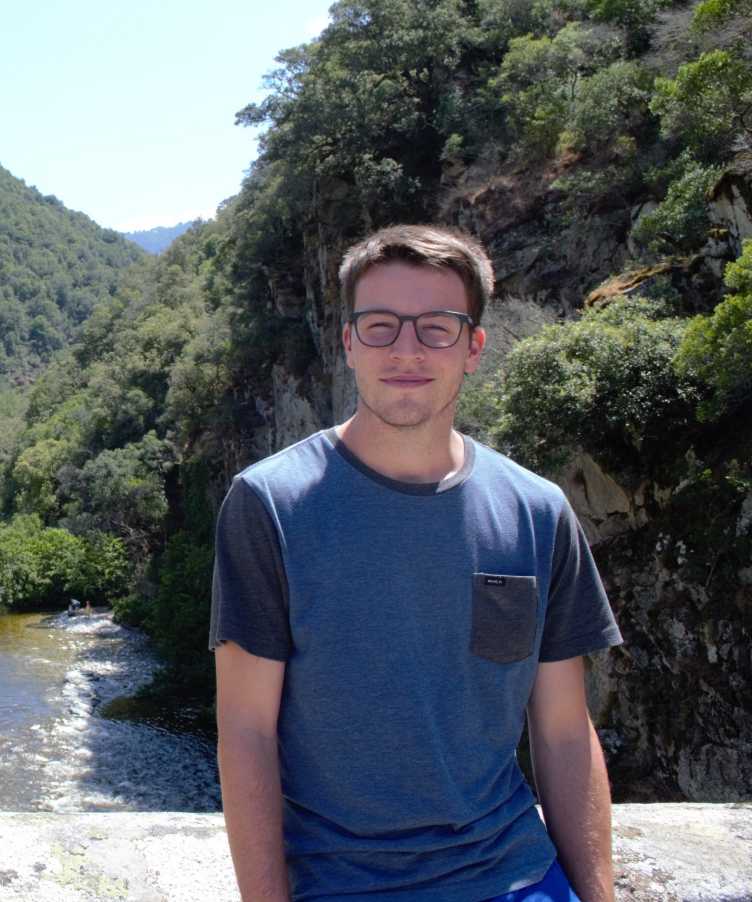
Basil Frefel
I'm on fire for geography. In particular, physical geography and the field of hydrology attracted me during my studies. I have always been fascinated by the different ways in which water can flow from point A to point B.I am responsible for the hydrological modelling of the research group and model time of concentration for water bodies in Switzerland.
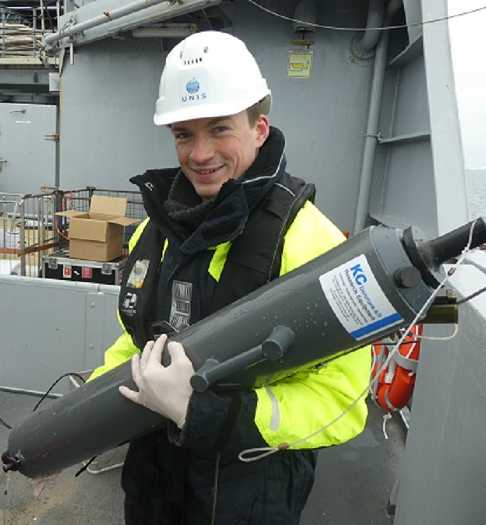
Luis Wyss
eDNA sequencing provides us with a huge amount of data on processes so far incompletely understood. But to harness the power contained in that data, we need the right intelligent analysis tools. As a master’s student researching arctic phytoplankton community dynamics in Svalbard, I aim to bridge the gap between the theoretical approaches in time series analysis from a computer science background and merge this with the practical challenges we encounter in the field.
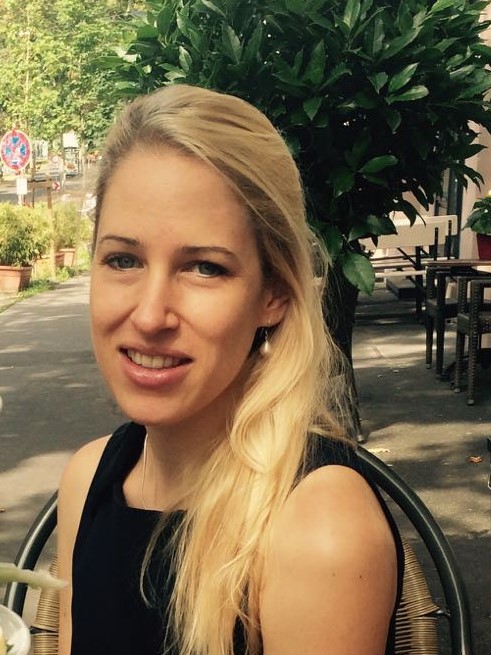
Hannah Kleyer
I am fascinated with environmental DNA (eDNA) and the tremendous amount of information that is contained in each sample. eDNA as a measure for biodiversity allows us to uncover food web dynamics, track invasive species and simultaneously monitor the diversity of animals, plants and bacteria. Gaining a better understanding of the factors that effect changes in diversity has already been the focus of my research as a microbial ecologist. My aim is to better understand eDNA persistence in the environment to inform how to better link a species’ DNA to its dynamics in the environment and especially as it relates degradation and utilization by bacteria.